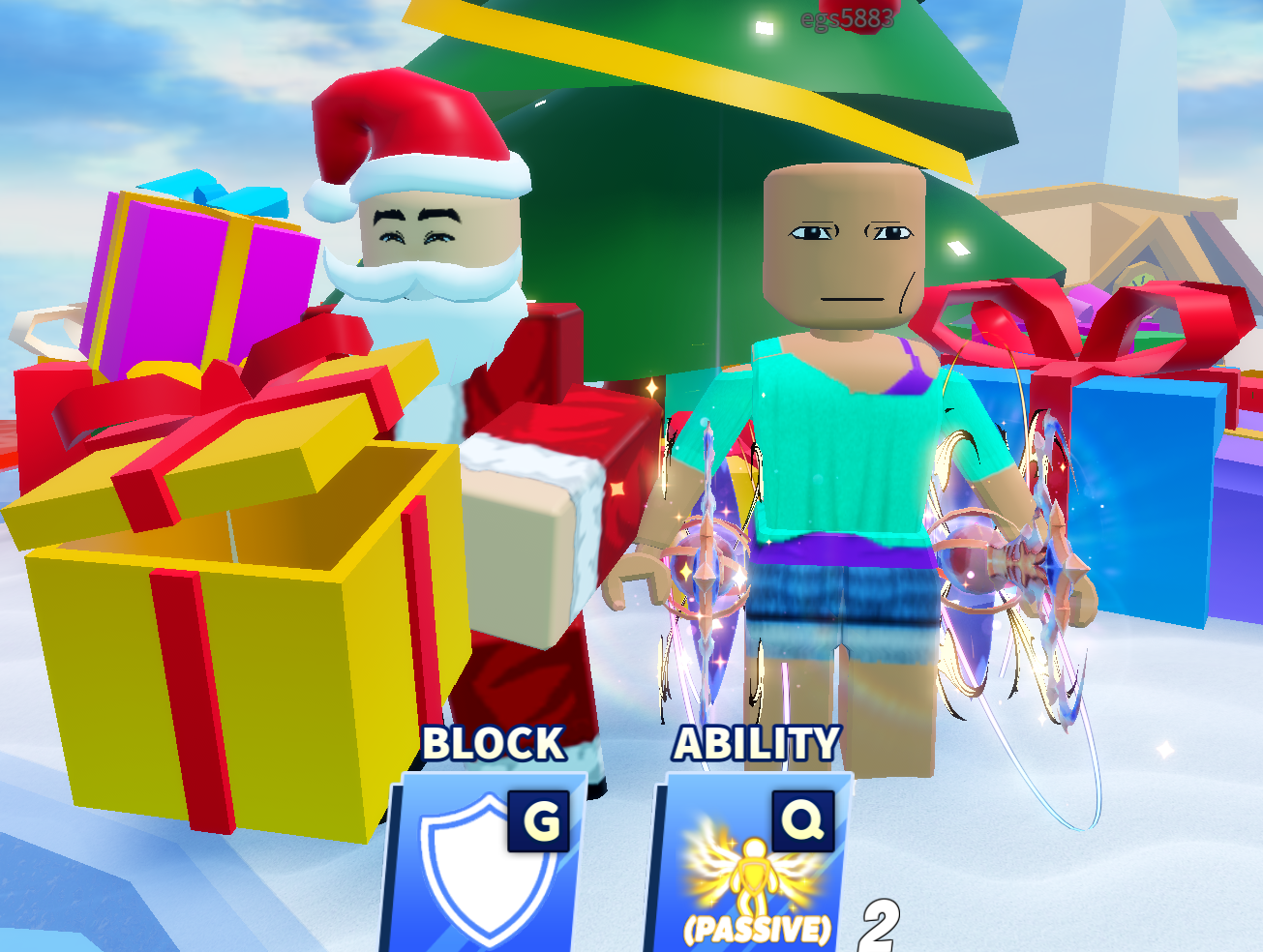B1.6 Biological Molecules
Cards (33)
- What are the three types of molecules discussed in this lesson?
- What do we call molecules like carbohydrates, proteins, and lipids?
- What are biological molecules?
- What are nutrients needed for?
- What is the aim of this lesson?
- What are carbohydrates made from?
- What is the simplest form of carbohydrates called?
- What do carbohydrate monomers form when they join together?
- What happens to complex carbohydrates when chemical bonds are broken?
- Where does the breakdown of complex carbohydrates occur?
- What are proteins made up of?
- What are amino acids in relation to proteins?
- What atoms are amino acids mainly made from?
- How are proteins broken down in the body?
- What does the term 'lipids' refer to?
- What is the difference between a fat and an oil?
- What is the structure of a lipid molecule?
- What determines whether a lipid is a fat or an oil?
- What atoms are lipids made of?
- Why are lipids not considered polymers?
- Where does the breakdown of lipids occur in the body?
- What are the key differences between carbohydrates, proteins, and lipids?
- What is the process of digestion for carbohydrates, proteins, and lipids?
- Lipids are only broken down in the:
- What are the monomers that join together to form proteins called?
- Carbohydrates are broken down in both the mouth and the small intestine.
- Is glucose a monomer or a polymer?
- Is glycogen a monomer or a polymer?
